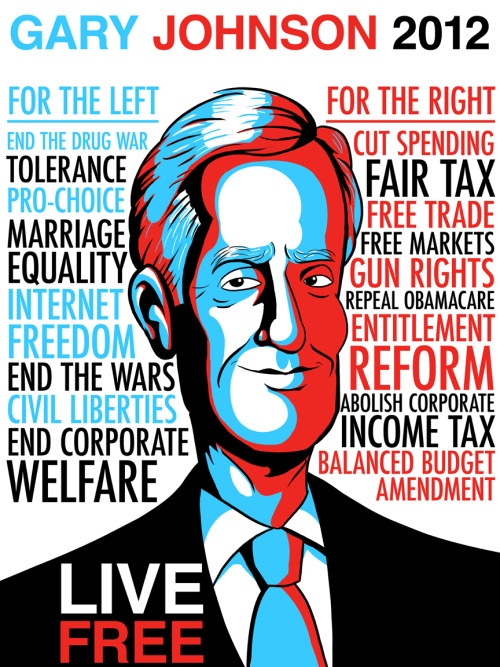Zimmerman
Active member

http://www.bloomberg.com/news/print...lan-on-table-debt-collapses-table-.html#print
Romney Tax Plan on Table. Debt Collapses Table.
By Ezra Klein -
Aug 2, 2012
I can describe Mitt Romney’s tax
policy promises in two words: mathematically impossible.
Those aren’t my words. They’re the words of the nonpartisan
Tax Policy Center, which has conducted the most comprehensive
analysis to date of Romney’s tax plan and which bent over
backward to make his promises add up. They’re perhaps the two
most important words that have been written during this U.S.
presidential election.
If you were to distill the presumptive Republican nominee’s
campaign to a few sentences, you could hardly do better than
this statement of purpose from the speech Romney delivered in
Detroit, outlining his plan for the economy: “I believe the
American people are ready for real leadership. I believe they
deserve a bold, conservative plan for reform and economic
growth. Unlike President Obama, I actually have one -- and I’m
not afraid to put it on the table.”
The truth is that Romney is afraid to put his plan on the
table. He has promised to reduce the deficit, but refused to
identify the spending he would cut. He has promised to reform
the tax code, but refused to identify the deductions and
loopholes he would eliminate. The only thing he has put on the
table is dessert: a promise to cut marginal tax rates by 20
percent across the board and to do so without raising the
deficit or reducing the taxes paid by the top 1 percent.
The Tax Policy Center took Romney at his word. They also
did what he hasn’t done: They put his plan on the table.
Favorable Conditions
To help Romney, the center did so under the most favorable
conditions, which also happen to be wildly unrealistic. The
analysts assumed that any cuts to deductions or loopholes would
begin with top earners, and that no one earning less than
$200,000 would have their deductions reduced until all those
earning more than $200,000 had lost all of their deductions and
tax preferences first. They assumed, as Romney has promised,
that the reforms would spare the portions of the tax code that
privilege saving and investment. They even ran a simulation in
which they used a model developed, in part, by Greg Mankiw, one
of Romney’s economic advisers, that posits “implausibly large
growth effects” from tax cuts.
The numbers never worked out. No matter how hard the Tax
Policy Center labored to make Romney’s promises add up, every
simulation ended the same way: with a tax increase on the middle
class. The tax cuts Romney is offering to the rich are simply
larger than the size of the (non-investment) deductions and
loopholes that exist for the rich. That’s why it’s
“mathematically impossible” for Romney’s plan to produce
anything but a tax increase on the middle class.
The Romney campaign offered two responses to the Tax Policy
Center’s analysis, one more misleading than the other.
First, the campaign called the analysis “just another
biased study from a former Obama staffer.” That jab refers to
Adam Looney, one of the study’s three co-authors, who served in
a staff role on the White House Council of Economic Advisers
under President Barack Obama. But the Tax Policy Center is
directed by Donald Marron, who was one of the principals on
George W. Bush’s Council of Economic Advisers. Calling the Tax
Policy Center biased simply isn’t credible -- a point
underscored by the fact that the Romney campaign referred to the
group’s work as “objective, third-party analysis” during the
primary campaign.
Then the Romney campaign said, “The study ignores the
positive benefits to economic growth from both the corporate tax
plan and the deficit reduction called for in the Romney plan.”
There’s a reason the study ignores those “positive benefits”:
Romney has called for a revenue-neutral corporate tax plan that
brings the rate down from 35 percent to 25 percent while also
promising to balance the budget. He has not said how he will
achieve either goal. Until he does, those positive benefits --
if they exist -- are impossible to calculate.
Regressive Cuts
If Romney tries to pay for his tax cuts by reducing
spending, the results, as the Tax Policy Center notes, would be
even more regressive. Romney has promised to increase defense
spending and hold benefits steady for the current generation of
seniors. The only remaining big spending programs are those that
help the poor; that’s where Romney’s cuts would have to be
concentrated. Paying for tax cuts for the rich by curtailing
programs for the poor is even more of a reverse-Robin Hood act
than paying for tax cuts for the rich by cutting the tax
expenditures (deductions and the like) of the middle class.
The Center on Budget and Policy Priorities produced its own
analysis of Romney’s plan, based on an assumption that Romney
pays for half of his tax cuts through spending cuts. The
conclusion: By 2022, Romney would need to cut all non-defense,
non-Social Security programs by 49 percent. That is not
plausible, to say the least.
The Romney campaign has not provided good answers to the
questions raised by its own math. But we already knew the Romney
campaign didn’t have good answers. If Romney had good answers,
he would have made good on his rhetoric and put his plans on the
table.
It would be great if Romney could fulfill his promise to
cut taxes by trillions of dollars, increase defense spending,
keep entitlement spending on pretty much its current path for
the next decade, and balance the budget. But as Tyler Cowen, the
George Mason University economist, put it in a pithy tweet
(though perhaps “pithy tweet” is a tautology), “The proposed
Romney fiscal policy just doesn’t make any sense.”
This is not a surprise. Even some Republican policy experts
admit in private that Romney’s promises simply don’t add up. To
twist Abraham Lincoln’s famous formulation, the Romney campaign
has decided it’s better to remain silent and be thought evasive
than to reveal your plan and remove all doubt that you’re
cutting taxes on the rich while increasing the deficit, raising
taxes on the middle class and cutting programs for the poor.
Unfortunately for the Romney campaign, the Tax Policy
Center’s analysis has removed all doubt. Romney needs to come up
with a way to make his promises mathematically possible -- and
quick.






